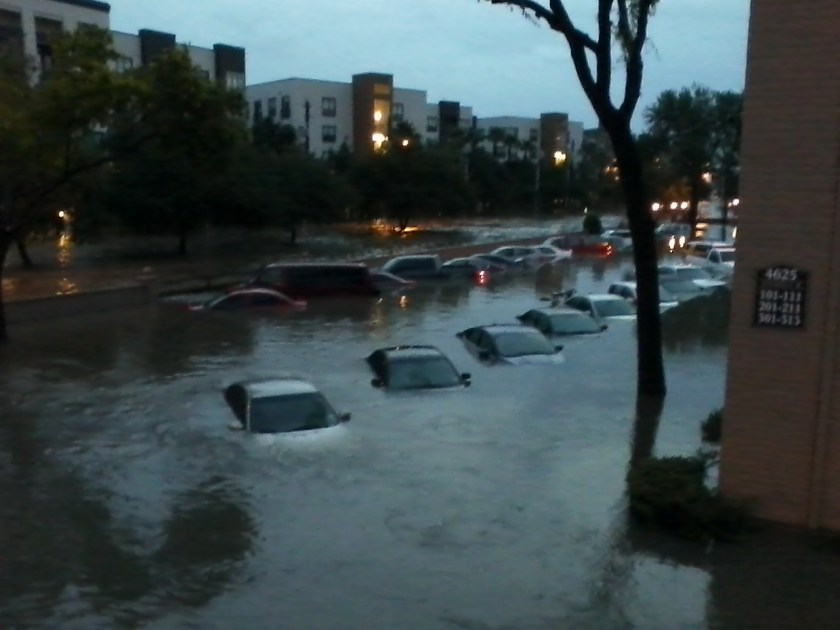- Rationale
- A small community (hereafter referred to as a dark sky community) can thrive without the need for streetlights or any other dusk-to-dawn lighting
- A dark sky community would appeal to people who value the night sky and a natural nighttime environment
- It will probably be many years before the majority of people will accept life without dusk-to-dawn outdoor lighting
- A dark sky community must be located far enough away from neighboring communities and other significant light sources that the night sky and nighttime environment will not be adversely affected, either now or in the foreseeable future
- It is better to live in community than in isolation
- Community Attributes
- A dark sky community should be multi-generational, but since rural employment options are limited, moving to a dark sky community may be easier for retired or semi-retired folks
- A dark sky community should be affordable, with a variety of housing options (units that can be rented, for example)
- An observatory commons area should be developed for observing and include more than one observatory for use by members of the community
- The dark sky community should engage in an ambitious educational outreach program, including the operation of an astronomy resort and astro-tourism business
- The business end of the community should be a nonprofit corporation or cooperative that operates the astronomy resort and rental properties
- The community should share resources as much as possible, freeing residents from the financial burden of having to individually own everything they need or use
- The dark sky community should engage in an ambitious program of collaborative astronomical research and data collection, working collaboratively within the community and with amateur and professional astronomers outside the community
- Community Location
- The most affordable option would be to “convert” an existing rural subdivision or small town into a dark sky community, current residents willing, of course!
- The best location for a dark sky community would be within, or adjacent to, a protected natural area such as a state or national park
- Recognizing that there would be distinct advantages in siting a dark sky community reasonably close to a town or city with medical facilities, it would be best (for astronomical reasons) for the dark sky community to be located southeast or southwest of the larger community
- Philosophy
- In an age of technological wonders such as digital imaging, computer-controlled telescopes, remote observing, and space astronomy, we recognize that there is still value in the experience of “firsthand astronomy” both for ourselves and our guests
For greater detail, see my astronomy village proposal for Mirador Astronomy Village. I welcome your comments and ideas here.








